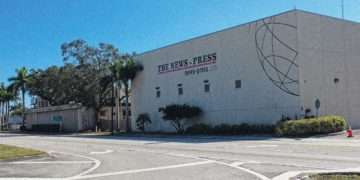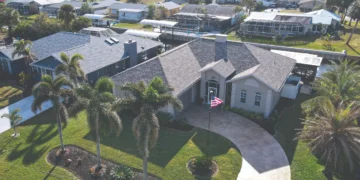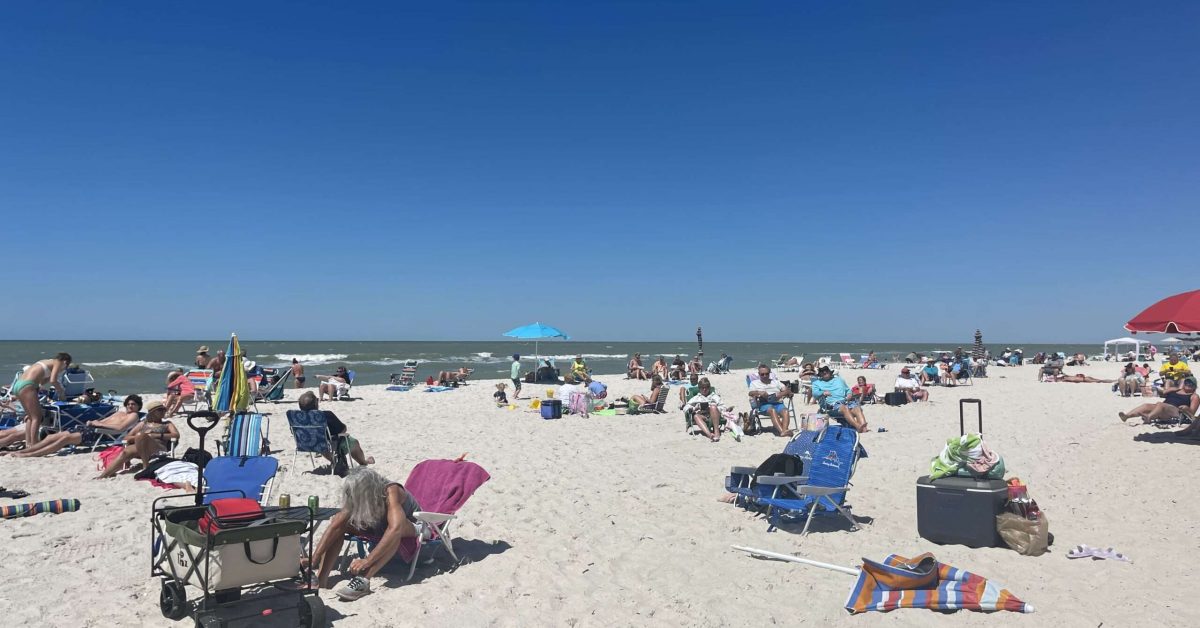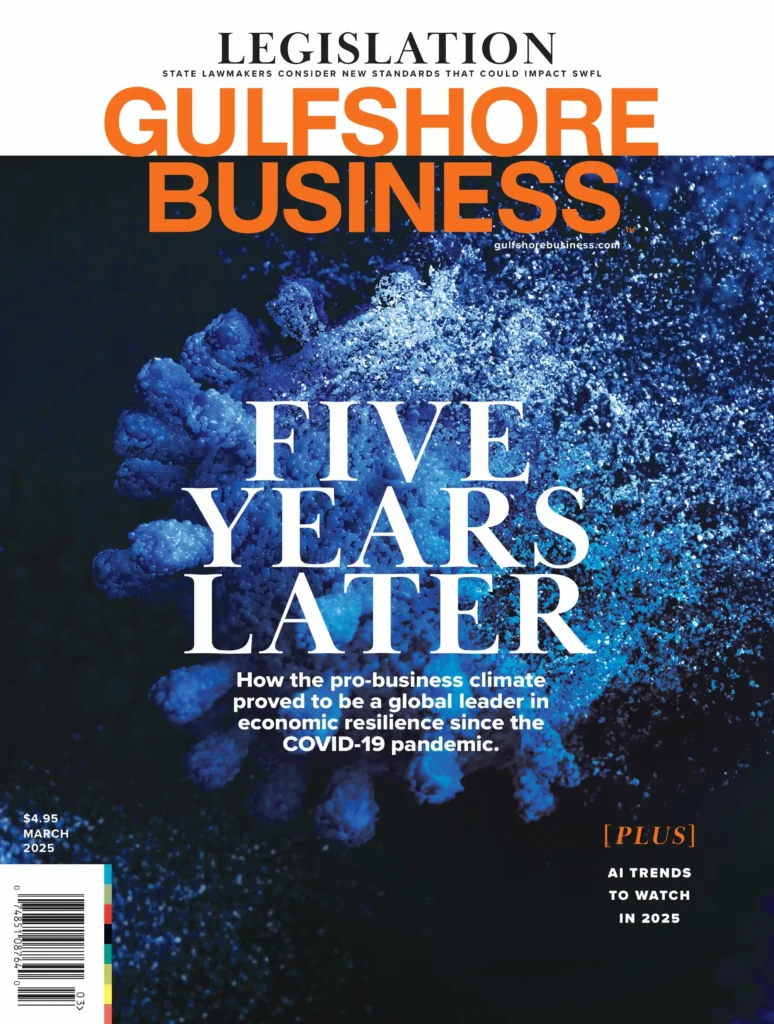It’s spring break in Southwest Florida with tourists and seasonal visitors flocking to Collier County. Although Hurricane Ian ripped through the Gulf Coast six months ago, heavy traffic and long waits at restaurants demonstrate damage from the storm won’t deter those wanting to visit the Paradise Coast.
There is one part of the community that has yet to catch a break. Collier beaches have been littered with debris since the storm, in addition to experiencing sand loss and a red tide outbreak.
Even with those obstacles, Collier County tourism director Paul Beirnes said tourism hasn’t been affected as harshly as many residents might have predicted.
Beirnes and his team recently completed one of four surveys aimed at gauging how potential visitors around the country view the level of readiness of Southwest Florida to welcome back tourists. The survey, which reached more than 500 consumers during an 11-day period in mid-February, showed around 80% of potential visitors believe the region is fully ready to welcome back guests. Those 80% believe the effects of Hurricane Ian on Southwest Florida were minimal. Although locals know that to be untrue, that mindset from those who don’t live in the county shows how resilient the area is and appears to be, Beirnes said.
“When 80% of the people think that there’s absolutely no challenge, that’s a pretty strong, resilient sentiment, believing that we’ve bounced back pretty quickly,” he said.
The other 20% surveyed, although not quite ready to visit the region, have an optimistic outlook that the area will be fully recovered by July.
The 20% is “certainly concerning,” Beirnes said. “It will be our focus, and it’s certainly not a small amount. It’s not an enormous amount, but it’s certainly one to keep in mind.”
According to the survey, potential visitors are most confident in the readiness of restaurants compared to beaches, which one in six believe are trailing behind in recovery.
The recent red tide outbreak in Collier is an added challenge in working to return the beaches to their pristine state from before the hurricane. Although it’s too soon to tell, Beirnes worries the attention brought to the county more recently because of red tide could have an impact on tourism numbers.
“It is certainly a concern. It is certainly a frustrating detriment to the experience while in the destination,” Beirnes said. “We certainly are very proud of our destination, and unfortunately, Mother Nature has her way of dealing curveballs at her own discretion. I wish there was a way that we could … mitigate or remove that, but it is a little larger than our control.” 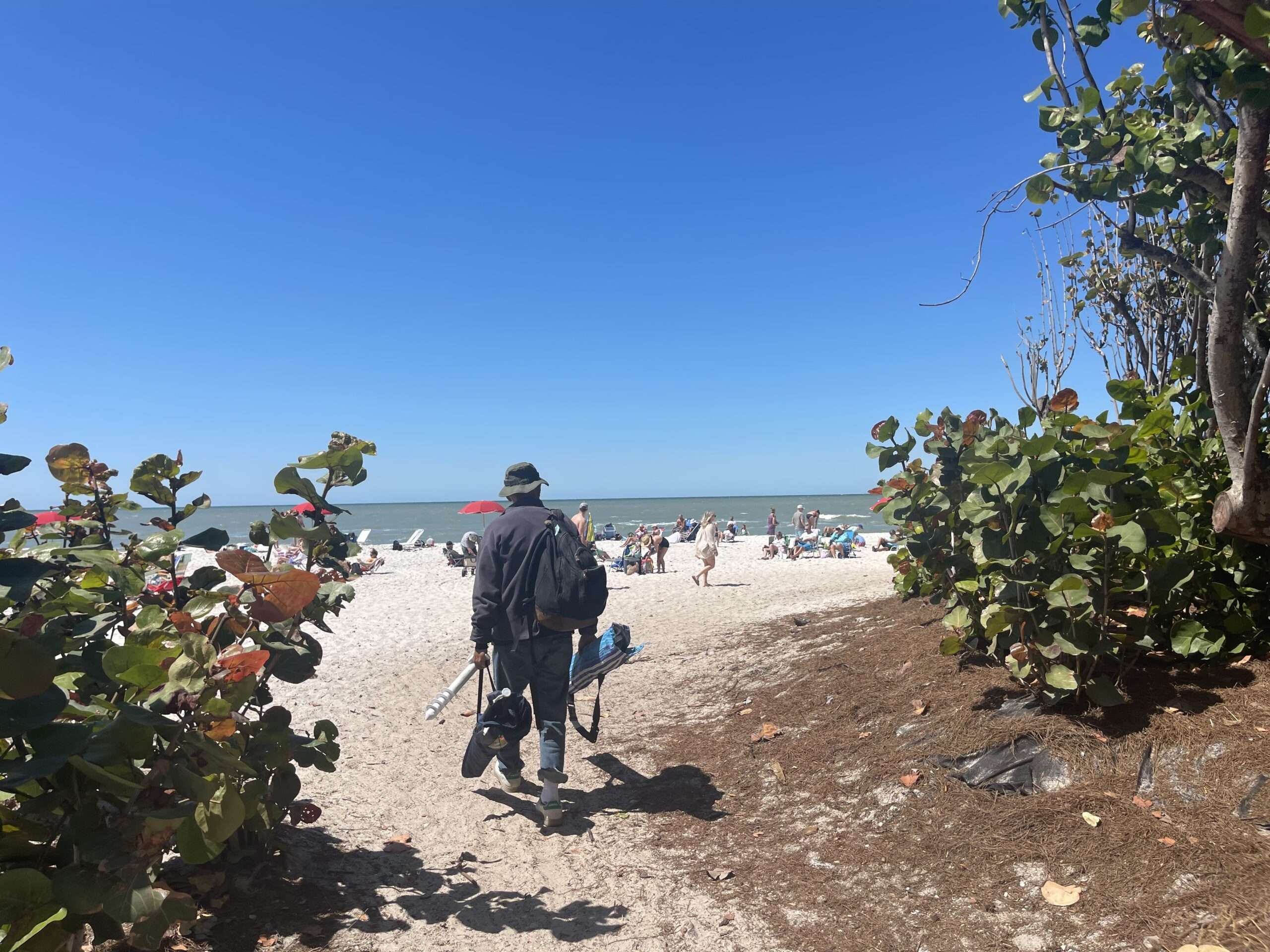
Historically, red tide outbreaks occur after water from Lake Okeechobee is released to one of three outlets, one being the Caloosahatchee River. Red tide, a naturally occurring algae, feeds off the blue-green algae in the water runoff caused by fertilizers and other artificial substances, which causes it to grow rapidly.
“Regrettably, the red tide affected us and it affected us quickly, and we were faced with a pretty Herculean task in removing the dead fish and other aquatic life,” Naples City Manger Jay Boodheshwar said.
Since the red tide outbreak started around a month ago, Naples city staff had to redirect its attention to beach cleanup rather than beach restoration. So far, more than 15,000 pounds of dead sea life have been removed from the beach by hand. The city also paid $58,000 to a contractor to help with the cleanup effort where almost 23,000 pounds of dead fish and other animals were collected from waterways.
“That’s just here in little old Naples, so we have a serious situation with this red tide,” Boodheshwar said.
Rose Pellegren visited the Naples area with her family for the first time this month, and red tide filled the days leading up to her vacation with stress and uncertainty. She lives in the Tampa area and is aware of what red tide can do to the beaches, especially during the summer months, but had never been affected by it until now, especially emotionally.
“Our biggest thing was probably more of a mental impact,” Pellegren said. “I was stressed out and worried that we weren’t going to have any fun, because I was watching the red tide reports. And I’m well aware it exists, just never at this time of year.”
When Pellegren went to the beach with her husband and toddler, they were quick to notice a fishy smell. She decided to spend most of their vacation further inland to protect her family’s immunity. Although red tide dampened the planned beach days, she is still open to visiting Collier for vacation at another time. “[Red tide] took some of our planning excitement, but in the end, it was such a beautiful spot and even if we didn’t go to the beach again, I would come back to see more of it,” she said.
Full-time residents, such as Scott Klabunde, who has lived in Southwest Florida for more than a decade and has visited Collier County for more than 20 years, were also shocked a red tide outbreak this bad occurred during winter season.
“I’ve only seen two times that the red tide has been really bad and there’s been massive fish kills. And it was August of 2018, that was the worst one that I’ve ever seen in 23 years, and then right now,” Klabunde said. “And it’s because we’ve had so many east winds and they’ve been some pretty strong winds.”
Klabunde is pleased with the work Southwest Florida governing bodies are doing to address red tide even though they aren’t able to control how much water from Lake Okeechobee is released to the Caloosahatchee River. “I think [Collier County] does a phenomenal job with the cleanup and everything they do,” he said. “I think they’re handed a really bad situation when local government has zero control over what happens in Okeechobee.”
Shelley McKernan, a Collier resident for almost 20 years, said more action needs to be taken at the local government level to protect the health of those forced to breathe in toxic air each day red tide is present.
Working as a professional mermaid, McKernan performs at shows and local pools and resorts. She has felt the effects of this red tide outbreak, including coughing and lethargy. Since Hurricane Ian, McKernan, who is also a volunteer with Collier County Waterkeeper, has been working to raise awareness among local government entities about what can be done to prevent future outbreaks.
“It’s taken me years to really understand the effects of what red tide can do,” she said. “With all these people visiting, it’s kind of like an unknown to them. I think there’s a downplay in the seriousness of the airborne toxin.”
McKernan was made aware of a prospective solution from water treatment service BlueGreen Water Technologies in the form of a hydrogen peroxide-based powder that, once in the water, stays on the surface and kills the algae, causing it to drop to the sea floor. She hopes to see local government become more proactive in pursuing similar solutions.

McKernan also would like to see more care shown for the physical well-being of those who visit the area and live here full-time and are exposed to red tide.
“We need to be addressing the health. What is it that we can be doing within our community to help people that have these problems and have bad reactions?” she said. “I almost think that the health department should be more aware. For them to just put a sign up at the pier doesn’t address any of the streets down south.”
According to Collier County Department of Health spokeswoman Kristine Hollingsworth, no reports have been made to doctors about patients experiencing harsh symptoms from this red tide outbreak. Health alerts are created when more than 100,000 red tide cells per liter are found in water samples taken by Florida Fish and Wildlife. As of recently, Collier has experienced a red tide caution, meaning there are anywhere from 10,000 cells per liter to 100,000. The agency recommends beach visitors still take caution even if the numbers are not at alert level.
“Even if you’re at the beach on the list of ‘no to very low’ concentration of red tide, if you’re experiencing any of the symptoms of red tide like sneezing, red and itchy eyes, coughing, we do advise you to leave the beach,” Hollingsworth said. “Never swim in water that has dead fish in the area. That’s a telltale sign of red tide.”
Nevertheless, the coast is still making progress in its recovery phase through efforts such as the emergency berm project, which will be starting the first week of April. Collier County commissioners approved the $25 million project in January and will be placing 500,000 cubic yards of sand along the county’s coast to reconstruct protective berms to keep property safe. When sand will be added to the entire surface of the beach is yet to be determined.
“The first and most important thing is protecting lives and property, then after that we’ll look at beach restoration, adding the sand to the actual enjoyment portion of the beach,” Beirnes said.
Despite all the obstacles challenging Southwest Florida’s beaches, Beirnes maintains a positive mindset for the county to continue moving forward while remaining resilient.
“Unfortunately, Mother Nature has a calendar that reminds us that hurricane season will start again in just a couple more months,” Beirnes said. “It’s hard to believe and sad to even say, but we want to make sure that we’re protected should the worst occasion happen.”

